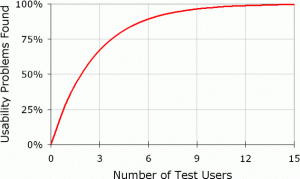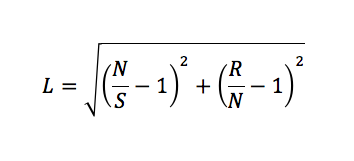“Simple trumps complete” – a 5% feature used by less than 5% of all users is a distraction for all the other users, and is better removed, unless its really critical a small number of users do need to cancel service, for example. I have this mental model of particles of attention that a user brings, a finite quantity that they will spread around according to what catches their attention. I call them “attentrons”. An extra tab or button will attract a bunch of attentrons that are not then available to focus on other areas. So the tab had better be better than the competing areas of the site to avoid diluting the results, or its better off removed.
Źródło: What types of things does Netflix A/B test aside from member sign-up?, Neil Hunt, Chief Product Officer @ Netflix, Quora







Recent Comments